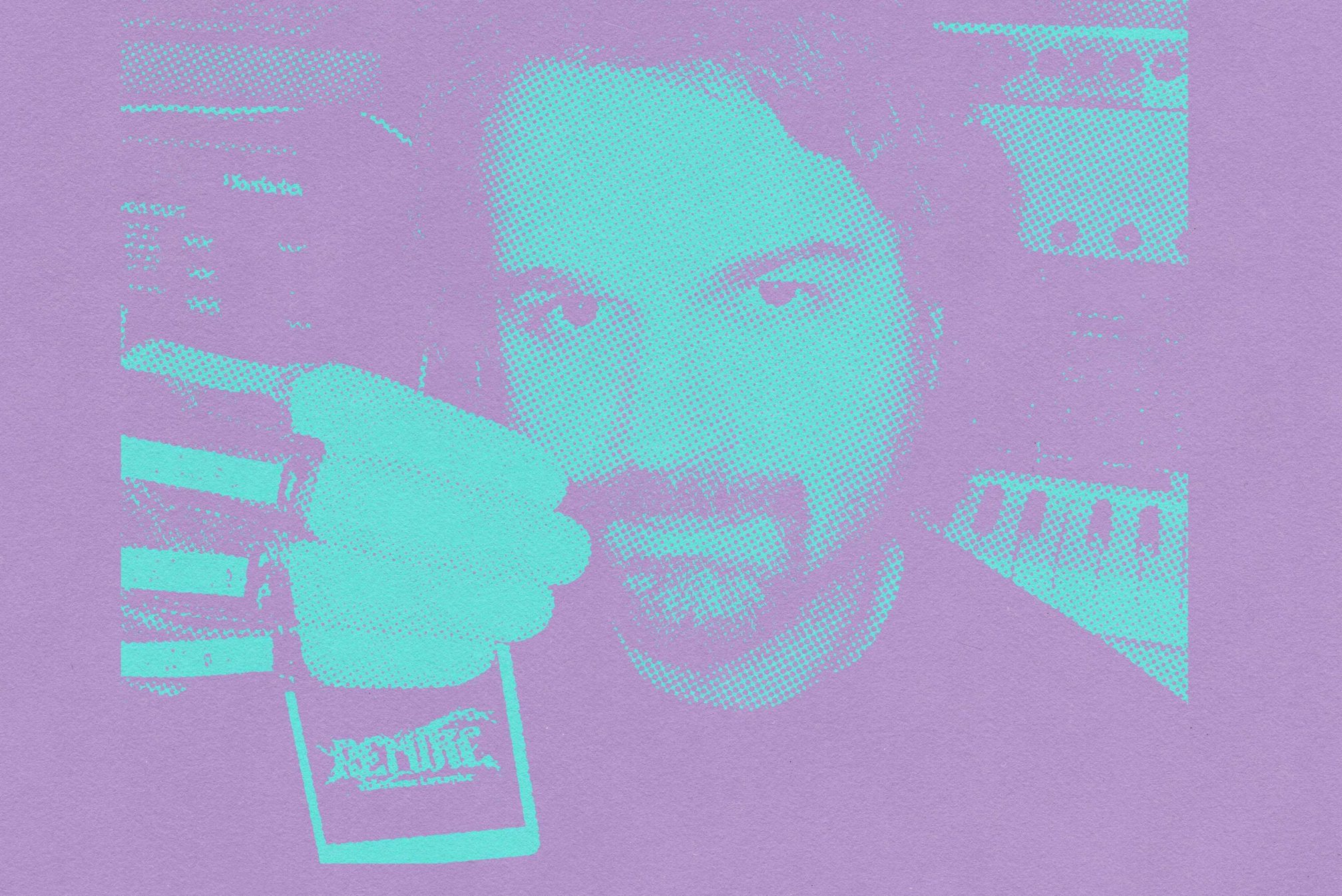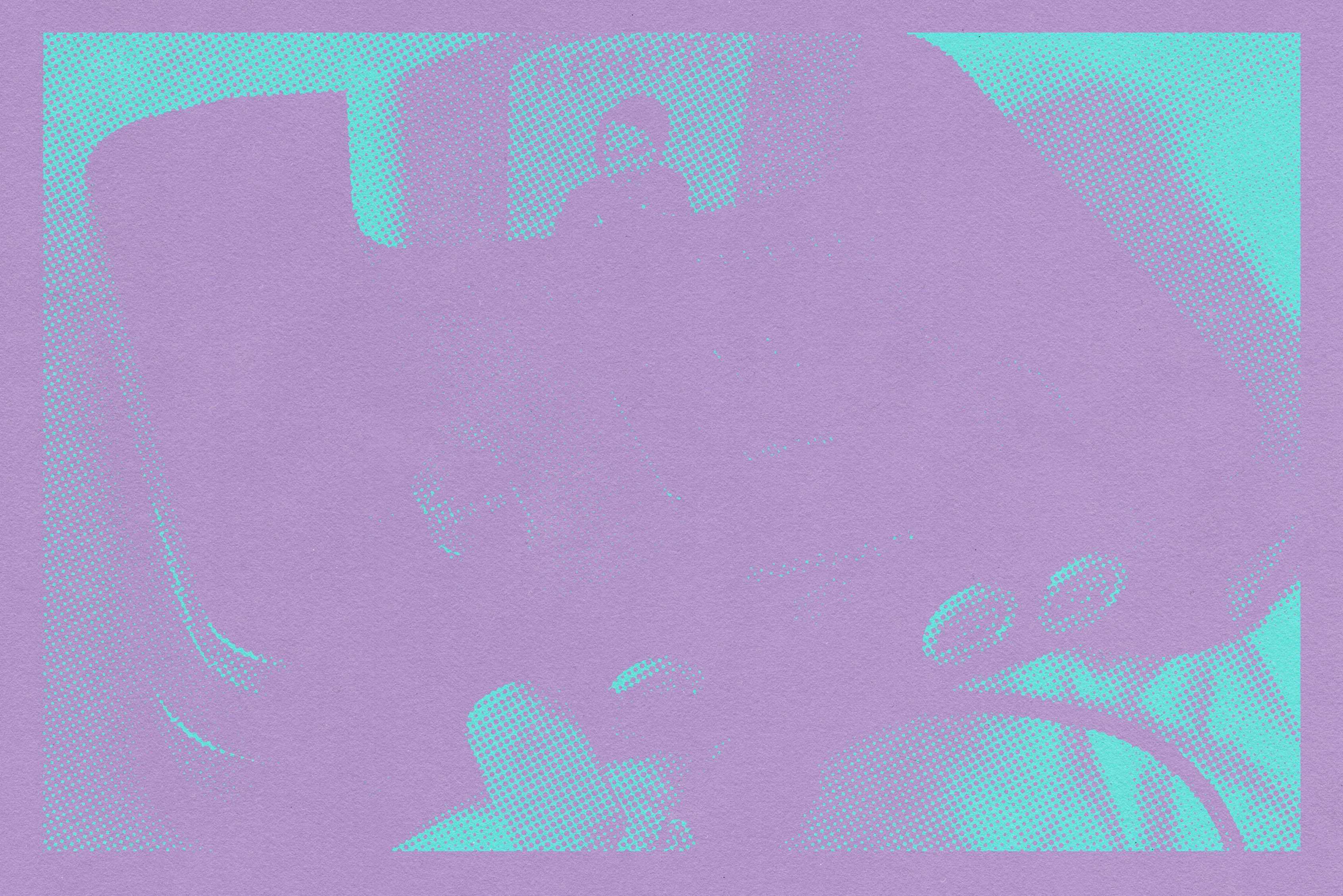 Tech
Tech
"Advanced coding wizardry": How Remute made a techno album on a Nintendo 64 cartridge
The Hamburg-based producer talks us through the “rocket science” of creating music for a vintage games console
Belgrade-born, Hamburg-based producer Remute has set himself a difficult challenge — to make music that can be played on old school video game consoles. Many of us might remember the soundtracks to our favourite childhood games, think Super Mario, Pokémon, Sonic or the blissful chimes of The Legend Of Zelda. Using just a few bleeps and bloops — game composers were tasked with creating memorable anthems using the limited hardware available on these rudimentary consoles. The point is, it's difficult to make tracks on these things that sound, well, any good.
In 2019, when Remute - real name Denis Karimani - figured out the extensive technology behind the format, he moved away from the techno gig circuit and fell into new territory in which gaming and music collided. That same year Karimani produced ‘Technoptimistic’, a techno record made and displayed entirely on a Sega Mega Drive cartridge.
Read this next: "We wanted to go down the garage route": How Rudimental made 'Ground Control'
The producer didn’t stop there and has gone on to create plenty more records in different formats. Each album can only be listened to via the vintage consoles Remute creates them for - whether it be a GameBoy, PC Engine or SNES with a promise of “organic variations” to each limited edition record. This year alone, Remute is releasing a trio of full-length albums on consoles. “Get ready for a massive Remute trilogy this year: ‘R64‘ for Nintendo 64 in spring, ‘Unity‘ for Gameboy Advance in summer, and ‘Generations’ for Sega Dreamcast to finish the year,” the producer tells Mixmag.
We caught up Remute to talk us through how he made ‘R64’, an electro-infused record entirely produced for the Nintendo 64 console.

Where did the idea to start making music for console cartridges come from?
Since I first started making music in the early 2000s, I've been inspired by the culture surrounding the 8bit and 16bit eras. Every console had a distinct sound - while some of them, like the Sega Mega Drive, were even fully-fledged FM-Synths. Back then, I could only record some effects here and there and further process them with samplers and other audio tools. I always wanted to use cartridges as a format, It feels more like I'm a "music programmer" and the ones and zeroes of my "music information" feel right saved onto the chips inside of a cartridge. However, the technology didn't allow me to do this, the right tools just didn't exist until around 2019. Then, after over a decade in the techno bizz, I was able to re-invent myself and put out my first cartridge album for the Sega Mega Drive titled ‘Technoptimistic'. It felt like I had become Remute 2.0. I went on to release cartridge albums for the Super Nintendo, Gameboy, PC Engine and now the Nintendo 64.
Read this next: "Connecting the story": How Martyn made 'B.C.2'
How do you go about making a record for a cartridge? Do you produce it on the console itself?
All of my cartridge albums have had a similar approach so far. Most of the time I write the music on my PC or laptop utilising tracker music programs like Deflemask or OpenMPT and then convert them to fitting file formats for each console. In between, I jam a lot with my collection of mostly vintage gear and take samples from these sessions for further use. With tracker programs, you don't record music elements like you would in DAWs such as Ableton or Logic. Instead, you enter a note, an event, and various other sequence data into an interface and tell the soundchip with this script when and how to play a particular sound - so all of this music with all of its elements is then generated in real-time instead of just streaming a static audio file.
This process saves tremendous file storage space and allows full, crisp sounding albums to be saved within just a few megabytes onto the chips inside the cartridge. My Nintendo 64 album ‘R64’ consists of 8 MB of data and features 15 tracks - although if I were to just compress WAV or MP3 files down to 8 MB, it would sound absolutely terrible. All of my cartridge albums so far work with such real-time generated music including my forthcoming summer 2022-released Gameboy Advance album ‘Unity’.
Is there a lot of coding involved?
I think writing music in tracker programs is pretty much like coding since everything is scripted. It’s already scripted in my head before I even enter it into the interface. The music programmer has full control and I like that - there’s some very advanced coding wizardry happening when converting the music files to each console. For these tasks, I’m co-operating with very skilled coders from the Retrogaming Homebrew. 'R64' came together alongside Rasky who knows the ins and outs of some very complicated Nintendo 64 hardware and even wrote some custom tools for this album. Considering coding for Nintendo 64 is borderline rocket science, I’m very grateful and proud that Rasky and I came up with the first-ever music cartridge for this console, and the first cartridge for the N64 in 20 years!
Where do you get a mass supply of cartridges from? And how do you move the music onto them?
I've been working with some very talented engineers such as Mr Tentacle from Sweden who designed the PCB-boards holding the chips inside the cartridge for my SNES, Gameboy or PC-Engine albums. Engineers like himself are key in such projects as they do the exhausting, irreplaceable work. Most steps of this process such as 'burning' data onto chips and assembly are done manually. I’m pleased to say that all of my cartridge albums were beautiful outcomes of passionate teamwork!
Read this next: "Make it feel like the walls are caving in": How Overmono made Daisy Chain
For those who don't know - what do these tracks and albums look and sound like when played from a console?
Let's just say that recorded music is like a movie in a cinema and a real-time generated movie is like a theatre play with actors right in front of you. So, the real-time music of my cartridge albums always has the same script, much like actors in a theatre play. Nevertheless, it feels more alive because, with every single play, there are slight organic variations. Quite literally ‘Living Electronics’!
My upcoming Nintendo 64 album also works this way and the console becomes your very own loyal sampler/synth ensemble playing live for you every time you hit play. 'R64' will also feature some visuals accompanying every track - these hypnotic 3D sequences, which even allow some slight interactions, are a mix between The Lawnmower Man, MTV Partyzone and magic mushrooms. It’ll put you in a special immersive environment and help you to feel the power of 64 bits at 93,75 MHz.
Find out more about Remute here, and pre-order his forthcoming record 'R64' here.
Gemma Ross is Mixmag's Digital Intern, follow her on Twitter


